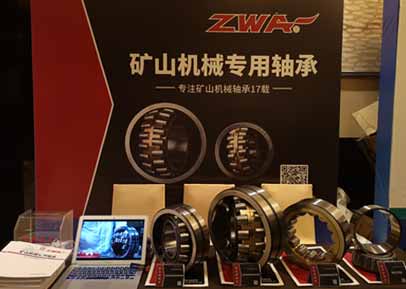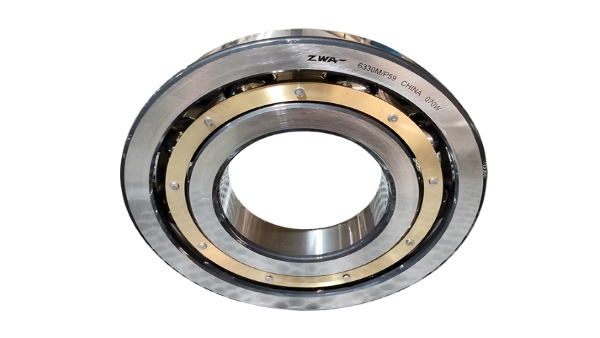
Radial bearing is dified as a sliding bearing for bearing radial loading.
The part that makes up the shaft supported by the bearing is called the shaft neck, and the parts that match the journal are called the bearing bush. The bushes that are made into a full cylinder are called the part of the bush holding the shaft sleeve, which is known as the shell units. The upper part is called the bearing cover and the lower part is called the bearing seat. The cover and the seat are connected by studs. The joint part of the two is positioned by a stop or a pin and can put gaskets in different thicknesses which are used to adjust the bearing gap. The joint surface of most bearings is horizontal. Some are inclined to meet the requirement that the load direction is closely perpendicular to the joint surface. In order to facilitate the lubricating oil to enter between the friction surfaces, and oil injection hole is opened on the bearing cover. The axial oil groove for distributing lubricating oil is provided on the bearing bush. The bearing caps and seats are mostly made of cast iron, and those with heavy loads are using welded structures made of cast steel or steel plate.
There are several types of radial bearings, such as split type, integral type, flange type, and self-positioning type. The bearing cover of the split bearing can be opened to facilitate the installation of the journal, and the bearing clearance can be adjusted easily after the bearing bush is worn. The integral bearing has a simple structure. But the shaft neck must be installed from one end. The gap cannot be adjusted after it gets worn. The mounting surface of the flange bearings is perpendicular to the centerline of the bearing. The self-aligning bearings can automatically adjust the axis to adapt to the deflection and deformation of the axis.
The inner hole diameter of the radial bearing is called the bearing diameter. The axial dimension of the bearing bush is called the bearing width. The rate of the bearing width and the bearing diameter is named the width-diameter ratio, which is generally 0.4 to 1.5. To reduce the axial dimension (such as in an internal combustion engine), it is also 0.25 sometimes. The width-diameter ratio has a great influence on the bearing performance.

